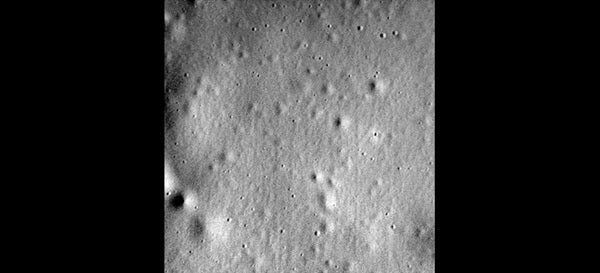NASA’s MESSENGER probe left Earth in 2004, flew by Mercury for the first time in 2008, and has orbited the planet since 2011, sending valuable data back to scientists. Researchers used data obtained by MESSENGER in the fall of 2014 and early 2015 when the probe flew incredibly close to the planet’s surface — at altitudes as low as 9 miles (15 kilometers). In the years prior, MESSENGER’s lowest altitudes were between 120 and 300 miles (200 and 500 km).
“The mission was originally planned to last one year; no one expected it to go for four,” said Catherine Johnson from the University of British Columbia. “The science from these recent observations is really interesting, and what we’ve learned about the magnetic field is just the first part of it.”
Scientists have known for some time that Mercury has a magnetic field similar to Earth’s, but much weaker. The motion of liquid iron deep inside the planet’s core generates the field.
Mercury is the only other planet besides Earth in the inner solar system with such a magnetic field. There is evidence that Mars once had a magnetic field, but it disappeared at some point more than 3 billion years ago.
When MESSENGER flew close to the planet, its magnetometer collected data on the magnetism of rocks in Mercury’s surface. Those tiny signals revealed that Mercury’s magnetic field is very ancient, between 3.7 and 3.9 billion years old. The planet itself formed around the same time as Earth, just over 4.5 billion years ago.
“If we didn’t have these recent observations, we would never have known how Mercury’s magnetic field evolved over time,” said Johnson, also at the Planetary Science Institute. “It’s just been waiting to tell us its story.”
Orbiting Mercury in a spacecraft
One of the biggest challenges of the MESSENGER mission was getting the spacecraft into orbit around Mercury. Because the planet is so close to the Sun, there was a risk that the spacecraft would remain in orbit about the Sun, rather than be drawn into orbit around Mercury. Engineers also had to deal with the issue of high temperatures. MESSENGER was designed with a protective sunshield to keep the side of the spacecraft facing the Sun cool. The engineers also designed large elliptical orbits around Mercury that allowed the spacecraft to spend time far from the planet in each orbit and cool off. Between 2011 and 2015, MESSENGER completed more than 4,000 orbits of the planet.










